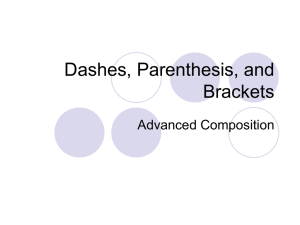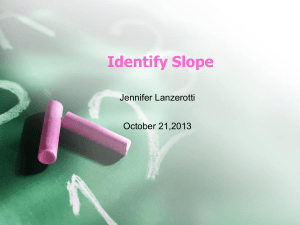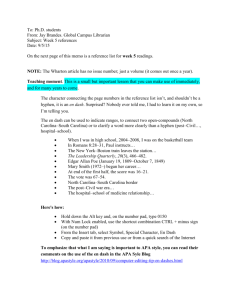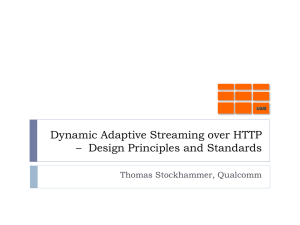the PDF
advertisement
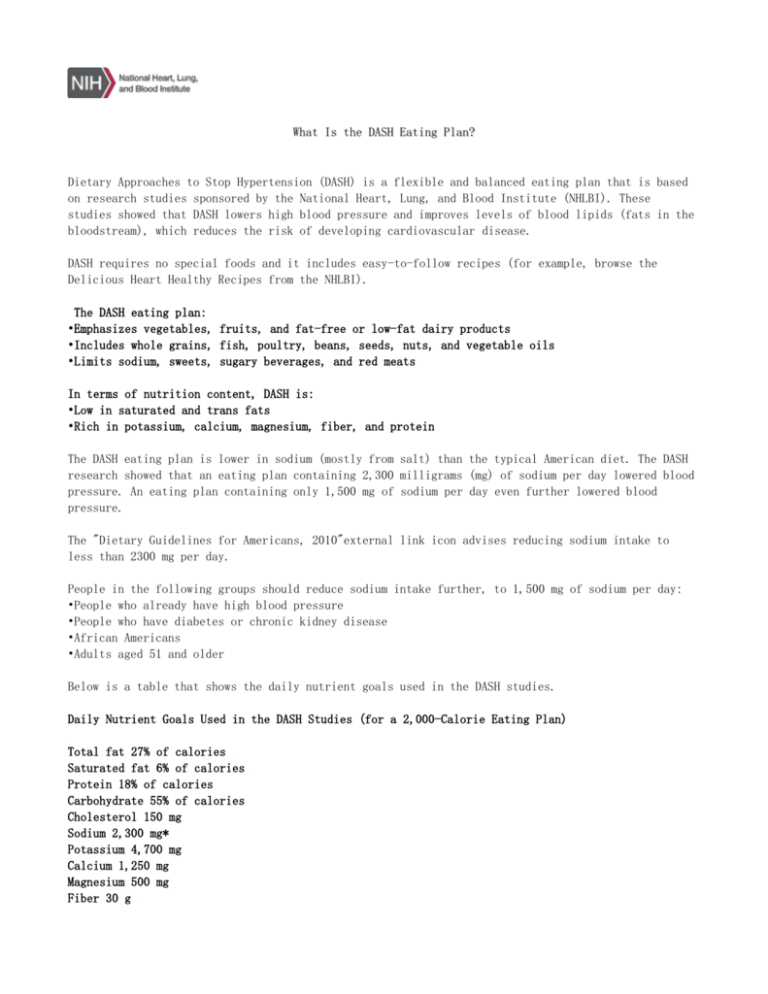
What Is the DASH Eating Plan? Dietary Approaches to Stop Hypertension (DASH) is a flexible and balanced eating plan that is based on research studies sponsored by the National Heart, Lung, and Blood Institute (NHLBI). These studies showed that DASH lowers high blood pressure and improves levels of blood lipids (fats in the bloodstream), which reduces the risk of developing cardiovascular disease. DASH requires no special foods and it includes easy-to-follow recipes (for example, browse the Delicious Heart Healthy Recipes from the NHLBI). The DASH eating plan: •Emphasizes vegetables, fruits, and fat-free or low-fat dairy products •Includes whole grains, fish, poultry, beans, seeds, nuts, and vegetable oils •Limits sodium, sweets, sugary beverages, and red meats In terms of nutrition content, DASH is: •Low in saturated and trans fats •Rich in potassium, calcium, magnesium, fiber, and protein The DASH eating plan is lower in sodium (mostly from salt) than the typical American diet. The DASH research showed that an eating plan containing 2,300 milligrams (mg) of sodium per day lowered blood pressure. An eating plan containing only 1,500 mg of sodium per day even further lowered blood pressure. The "Dietary Guidelines for Americans, 2010"external link icon advises reducing sodium intake to less than 2300 mg per day. People in the following groups should reduce sodium intake further, to 1,500 mg of sodium per day: •People who already have high blood pressure •People who have diabetes or chronic kidney disease •African Americans •Adults aged 51 and older Below is a table that shows the daily nutrient goals used in the DASH studies. Daily Nutrient Goals Used in the DASH Studies (for a 2,000-Calorie Eating Plan) Total fat 27% of calories Saturated fat 6% of calories Protein 18% of calories Carbohydrate 55% of calories Cholesterol 150 mg Sodium 2,300 mg* Potassium 4,700 mg Calcium 1,250 mg Magnesium 500 mg Fiber 30 g * 1,500 mg of sodium was a lower goal tested and found to be even better for lowering blood pressure. It worked very well for people who already had high blood pressure, African Americans, and middle-aged and older adults. g = grams; mg = milligrams For more detailed information about the DASH eating plan, go to the NHLBI's "Your Guide to Lowering Your Blood Pressure With DASH." What Is High Blood Pressure? Your doctor may recommend the DASH eating plan if you have high blood pressure. Blood pressure is the force of blood pushing against the walls of the arteries as the heart pumps out blood. Blood pressure rises and falls during the day. If blood pressure rises and stays high over time (high blood pressure), it can damage the body in many ways. High blood pressure also is called hypertension (HI-per-TEN-shun). Blood pressure includes systolic (sis-TOL-ik) and diastolic (di-ah-STOL-ik) pressures. "Systolic" refers to blood pressure when the heart beats while pumping blood. "Diastolic" refers to blood pressure when the heart is at rest between beats. You'll most often see blood pressure numbers written with the systolic number above or before the diastolic number, such as 120/80 mmHg. (The mmHg is millimeters of mercury—the units used to measure blood pressure.) Blood pressure is considered high if it stays at or above 140/90 mmHg over time. If you have diabetes or chronic kidney disease, high blood pressure is defined as 130/80 mmHg or higher. A diagnosis of high blood pressure is based on an average of two or more properly measured, seated blood pressure readings done during two or more office visits. High blood pressure is dangerous because it makes your heart work too hard. The condition can damage your blood vessels and organs, such as your heart, kidneys, brain, and eyes. High blood pressure is a risk factor for coronary heart disease and stroke, two of the leading causes of death among Americans. High blood pressure also can put you at risk for other medical conditions, such as heart failure, kidney disease, and blindness. Following the DASH eating plan and eating less sodium (salt) can lower high blood pressure or your risk for the condition. Following DASH also can improve blood lipid levels, which also helps reduce your cardiovascular risk. Results from the DASH research showed that following a DASH plan containing 2,300 milligrams (mg) of sodium per day lowered blood pressure. Following a DASH plan containing 1,500 mg of sodium lowered blood pressure even more (systolic blood pressure was lowered by about 7 to 12 mmHg). One important note: If you take medicine to control high blood pressure, you should keep taking it. However, you should tell your doctor that you're now following the DASH eating plan.
